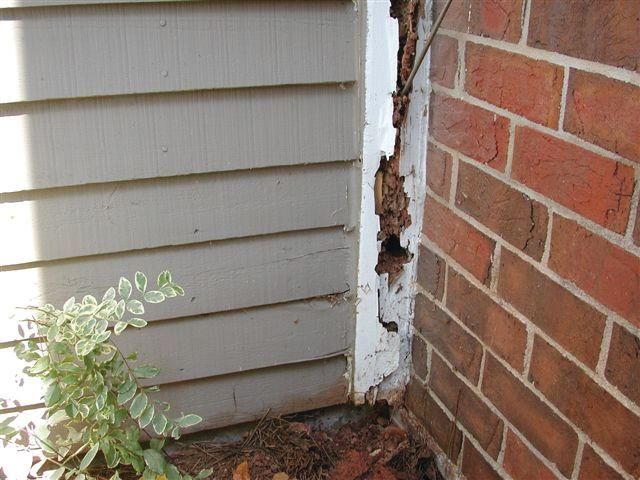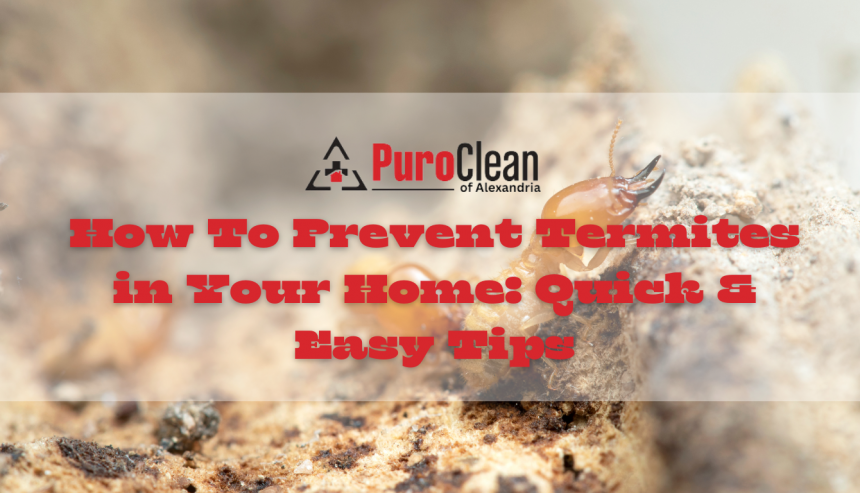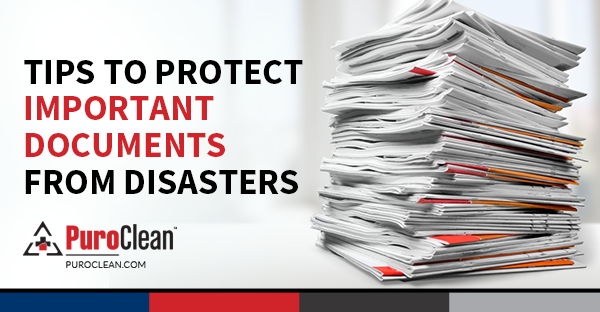How To Prevent Termites in Your Home: Quick & Easy Tips
Termites can cause significant damage to your home, costing you time and money in repairs. However, there are ways to prevent these little critters from taking over and causing damage in the first place.
Understanding how termites operate and what attracts them to your home is crucial in preventing an infestation.
Termites are drawn to damp, humid environments and easily accessible wood sources. By addressing these issues, you’ll be on your way to creating a termite-free home. We’ll discuss practical approaches to eliminating their access points, reducing surrounding moisture, and repairing potential problem areas. Accurate information and preventative measures are your best defense against these unwelcome pests.
So, let’s delve into the various strategies and techniques that can help ensure the safety and longevity of your home. With a proactive approach, you can win the battle against these wood-hungry invaders.
Table of Contents
Two Different Kinds of Termites – What’s The Difference?
Termite are social insects that feed on cellulose, found in wood and plants. In the process, they can cause significant damage to structures and property.
Two primary types of termites are common in homes.
- Subterranean termites and
- Dry wood termites.
Each termite species has its unique characteristics and behaviors.
Subterranean termites dwell underground and build mud tunnels to reach their food sources. To recognize them, look for their pale and elongated bodies with six legs, a pair of wings, and antennae. They need constant moisture to survive, so they love damp areas such as leaky pipes, damaged gutters, and poor drainage.
On the other hand, dry wood termite do not require soil contact and can survive in dry environments. They infest dry, untreated wood and don’t require moisture from the soil. You’ll notice that their body is similar to subterranean termites, but their abdomen has a more rectangular shape.
Understanding the type of termite infesting your home will help you take appropriate preventive measures.

Signs Of Termite Infestation
Knowing the signs of termite infestation can help you catch the problem early and prevent further damage to your home.
Here are some indicators that termite might be present:
- Visible damage
- Mud tubes
- Termite droppings
Visible Damage
Termite can cause visible damage to your home, including rot and cracks in the foundation. Look for damaged wood or hollow-sounding wood by gently tapping it with a screwdriver.
Often, termite damage will appear as blistering or bubbling paint on your walls or door frames.

Mud Tubes
Mud tubes are small tunnels made by termites to travel from their nest to their food source. These tubes are often found on the exterior walls of your home, near the foundation. They can range in size from a pencil thickness to much wider.
Break off a piece of the tube and check for termite within. If you don’t see any, monitor the tube for any repair or new activity.

Termite Droppings
Termite droppings, also known as frass, are another sign of an infestation. These droppings resemble tiny wood-colored pellets and are usually found near damaged wood or in piles on the floor. Frass can also be mistaken for sawdust or dirt, so examine it closely to determine if termites are the culprit.
By keeping an eye out for these signs, you can act quickly to address any termite issue and protect your home against further damage.
How Termites Enter Your Home
Termites are pesky little creatures that can cause significant damage to your house if they manage to find their way inside. Understanding how these insects enter your home is crucial in preventing infestations. In general, termites are attracted to moist, dark environments. One common way termite enter your home is through crawl spaces. These areas are often damp and poorly ventilated, making them an ideal haven for termite. To prevent them from entering, ensure that your crawl spaces have proper ventilation and are free of excess moisture.
Vents are another possible entry point for termites. They can easily crawl through these small openings and access the wooden structures of your home. Regularly inspect your vents for any signs of termite activity.
Termite is attracted to wood, so be sure to keep firewood, wooden construction materials, and any other wooden items away from your home. This will help prevent them from discovering your house as a potential food source.
Finally, remember that proper maintenance is key to keeping termite at bay. Regularly inspect the exterior of your home for signs of wear and tear, paying special attention to wooden areas that may be vulnerable to termite attacks.
8 Quick & Easy Tips for Preventing Termite Infestation
- Maintaining Crawl Spaces and Vents
In your effort to prevent termite, it’s crucial to maintain crawl spaces and vents. Termite can potentially enter your home through these areas.
Make sure to clean and eliminate any leaves or debris in your crawl spaces and vents. Additionally, ensure they are well-ventilated to reduce moisture levels since moisture attracts termite.
- Sealing Cracks
Sealing any cracks in your home’s exterior, including the concrete foundation, can help keep termite at bay. Termites can enter your house through these gaps. Be sure to use sealants or caulks to close off access points and prevent termite invasion.
- Proper Drainage System
A proper drainage system is essential for termite prevention, as moist soil can attract these pests. Ensure your gutters, downspouts, and grading direct water away from your foundation to prevent moisture buildup.
You may also consider using sand instead of soil near your foundation, as termites have difficulty moving through sand particles.
- Termite-Resistant Wood
When building or repairing your home, opt for termite-resistant wood materials, such as treated lumber or naturally resistant woods (cedar, redwood, etc.).
Using these materials can reduce the likelihood of termites finding your home an attractive place to nest.
- Proper Storage of Wood
Stored wood, including firewood and lumber, can attract termites. To combat this potential problem, keep your stored wood away from the ground by using an elevated platform that keeps the wood a minimum of 6 inches above the soil.
Also, store wood at least 20 feet away from your residence to discourage termites from migrating to your home.

- Proper Planting
Plants, trees, and tree stumps near your house can create conditions favorable to termite infestations. Maintain proper distances between your home and any vegetation and remove any dead stumps from your property.
Trim back tree branches to avoid contact with your house, as they can serve as termite highways into your home.
By addressing each of these aspects in turn, you should be better prepared to deal with the threat termites pose to your residence. Implementing these preventative steps can help save you from costly and damaging infestations in the long run.
By taking these precautions, you can create a barrier that makes it difficult for termites to enter your home. In the next section, we’ll discuss various methods you can use to eradicate termites if they’ve already managed to infiltrate your house.
- Natural Treatments
If you’re looking for an eco-friendlier approach to termite prevention, natural treatments might be the way to go. Below are some popular options:
- Diatomaceous Earth: A natural, non-toxic powder that can eliminate termites upon contact. Simply sprinkle it around your property, focusing on areas where termites are active.
- Essential Oils: Certain essential oils, like orange oil and cedarwood oil, can repel or kill termites when applied to affected areas.
- Boric Acid: Applying boric acid to wood surfaces can help prevent termites from consuming the wood.
- Nematodes: These microscopic organisms can be added to your soil, where they’ll target termite populations and help keep them under control.
- Regular Termite Inspections
As a homeowner, you should schedule regular termite inspections to protect your property from these pesky invaders. By doing so, you can detect any hidden signs of termite infestations and take timely corrective measures.
It’s essential to have qualified professionals perform termite inspections. They can identify subtle indicators like tiny mud tunnels, termite excrement (frass), and damaged wood. These experts also have the necessary tools and know-how to locate termites in hard-to-reach areas.
Remember, while you can’t fully prevent termites, you can delay their impact by implementing these strategies. Keep your home dry, minimize wood contact, and stay vigilant to protect your property from these little crawlers. 🐜🏡
For More Information about Property Restoration Click here
Follow us on Instagram PuroClean of McLean & Alexandria (@puroclean.alx) •
PuroClean on the move!




 PuroClean of Alexandria
PuroClean of Alexandria